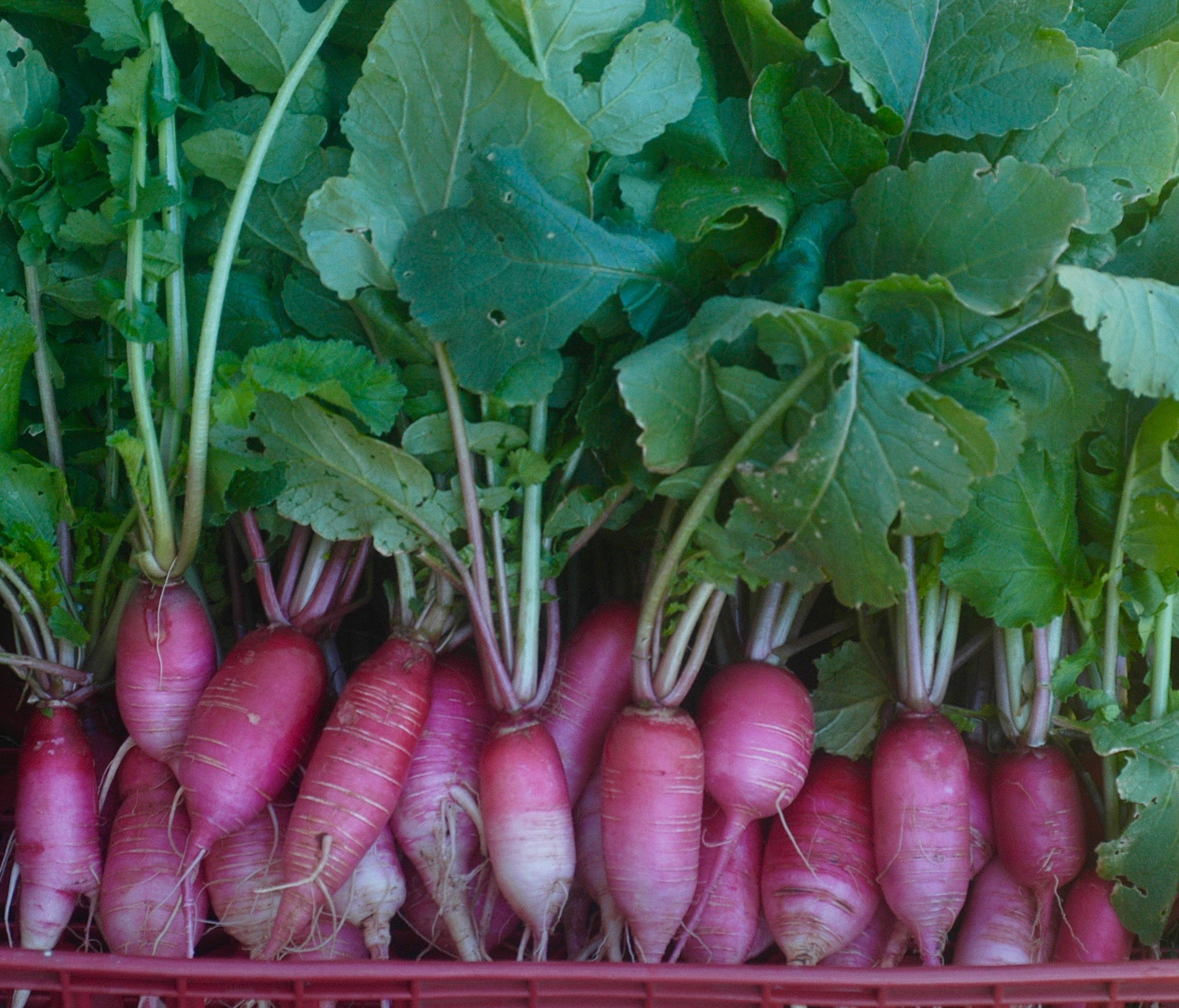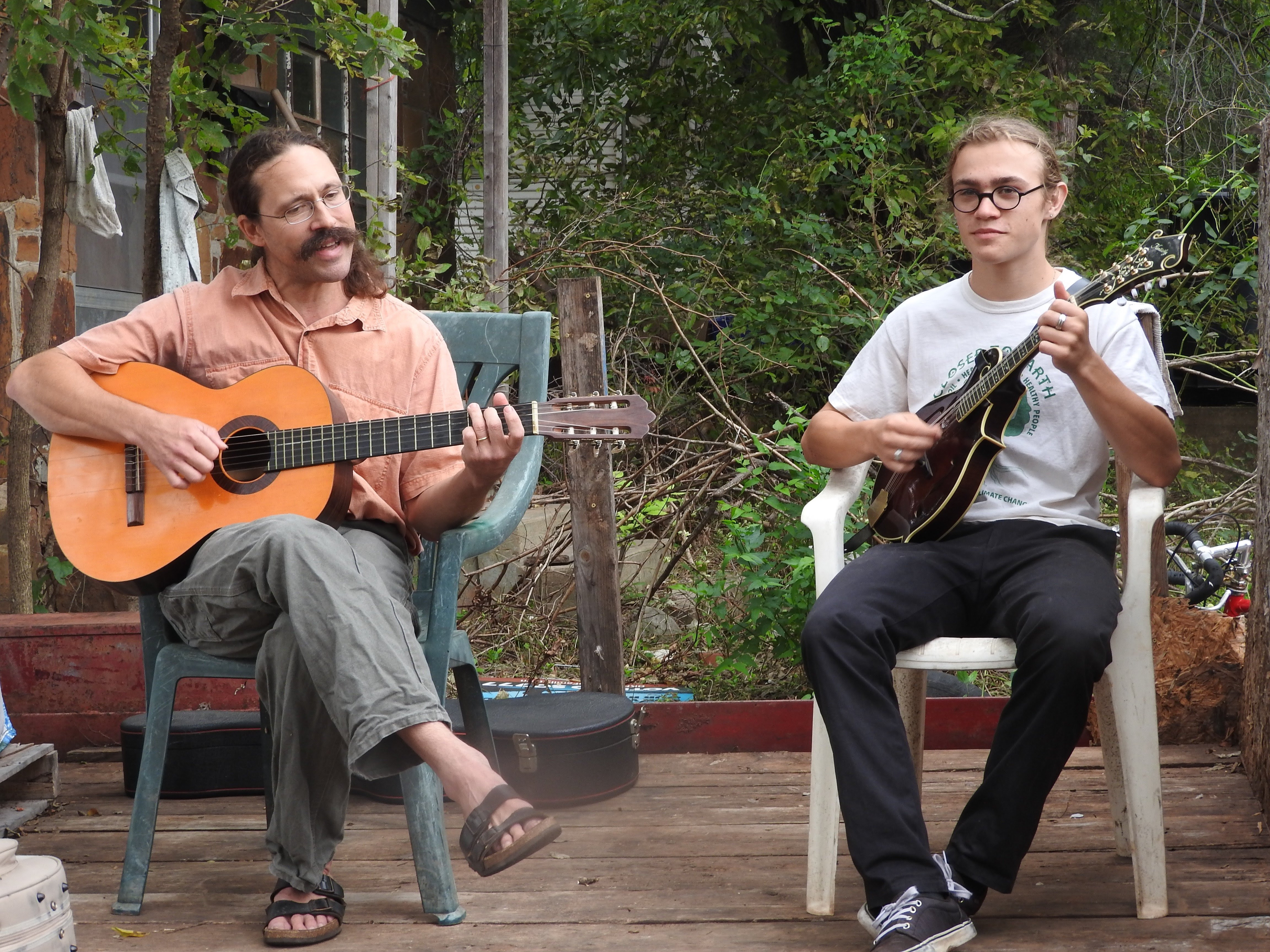Thanks and Giving in the Garden
It gets dark early now. We are entering the quiet season. In summer, the garden is big and tall and tumbles over itself, growing with abandon, life force fueled by long days of sunshine and warmth. The winter garden is reserved, tucked in, hugging the ground, growing slowly and silently.
Every bit of it is holy. The weeds, the worms, the bird that eats the worm, the possum that eats the bird. While money and other human constructs are considered “the bottom line”, the truth is that three times a day, we depend utterly and completely on the providence of the earth to keep us alive. Grateful astonishment is the only response I can imagine.
weeds, the worms, the bird that eats the worm, the possum that eats the bird. While money and other human constructs are considered “the bottom line”, the truth is that three times a day, we depend utterly and completely on the providence of the earth to keep us alive. Grateful astonishment is the only response I can imagine.
This week, as we feast together, we take into our bodies that very life force of the blessed earth. We hold in gratitude every seed that sprouts, every hand that plants and harvests, every hungry soul who is nourished.—Lia
Gardening in November? Really!
 The hoop house is full up now, every row planned and planted. We succession plant our greens so we can harvest all winter long. The photo shows 3 rows of lettuce; the row in the back was seeded in early October and we cut our first harvest two weeks ago. We seeded the middle row in late October, and the row in front in early November. Each row will give us multiple harvests, with a couple weeks in between each harvest for re-growth.
The hoop house is full up now, every row planned and planted. We succession plant our greens so we can harvest all winter long. The photo shows 3 rows of lettuce; the row in the back was seeded in early October and we cut our first harvest two weeks ago. We seeded the middle row in late October, and the row in front in early November. Each row will give us multiple harvests, with a couple weeks in between each harvest for re-growth.

Outside, we’re harvesting greens and roots from early fall plantings. The rest of the outside rows are mostly in cover crops, which feed the soil. We plant a mix of legumes (Austrian winter peas, hairy vetch, crimson clover) to add nitrogen to the soil, daikon radishes for their thick roots that break up clay soil, winter rye or wheat for improving soil tilth, and all of them for erosion control, weed suppression and organic matter. You can plant a row of cover crops for just pennies; if you want a cheap, easy way to improve the health of your soil, this is a no-brainer! Come spring, the cover crops can be turned into the soil to decompose, or pulled and composted separately.—Lia
Community Celebration: Music, Food, Learning, Fun at our 2017 harvest potluck!



Meet our Team: JoBeth Hamon
 JoBeth grew up in the city where her family had flower beds around their house. Her dad would hound her to go out and pull weeds. “I hated it,” she said.
JoBeth grew up in the city where her family had flower beds around their house. Her dad would hound her to go out and pull weeds. “I hated it,” she said. During a science class in college, she studied current issues in biology, including global warming and the industrial ag food system. She learned how our food travels miles from where it’s produced, to our tables. Her sophomore year, she got involved in helping a professor in a community garden. She discovered she enjoyed being outside and she liked the cycle of growing food from seed to harvest; she liked getting her hands in the soil.
When she moved to Oklahoma City in 2014, she found CommonWealth Urban Farms by doing an internet search and began volunteering during CommonWork on Saturdays. Now she’s a core team member, not only as a volunteer on the farm, but maintaining the CommonWealth website and social media sites.
Evangelized by Lia about growing flowers, she also tends a small flower and herb garden across the street from the vegetable farm. And now she doesn’t mind pulling weeds at all (to her dad’s dismay!) JoBeth, who works for a non-profit agency in its education department, takes flowers to work every week. When people gush over them, she tells them they came from a farm just two miles up the street—as do her veggies. (She’s a member of the CSA.)
Deeply committed to the values of sustainability, JoBeth owns no car and travels only by bus or bicycle. An apartment-dweller, she has no place to grow her own veggies, but knows she is developing skills gardening at CommonWealth that she can apply someday if she has growing space.
“A month ago, we unraveled the yard-long bean vines from the trellis,” she says. “It was a meditative task. Now those rows are flat and planted to something else. I like the tearing down of plants that are finished producing and starting something new. I feel connected to the cycles of growing.
“The thing I love about urban agriculture is it creates a way for people to get outside, while still in the immediate context of city. We are so surrounded by strangers in the city. A farm situated in a neighborhood is a bridge to connecting with people. One recent Saturday at CommonWealth, a woman was walking on the street with her two kids in a wagon. She stopped me and said, ‘What is this?’ It gave us things to talk about, a way to connect.”—Pat
